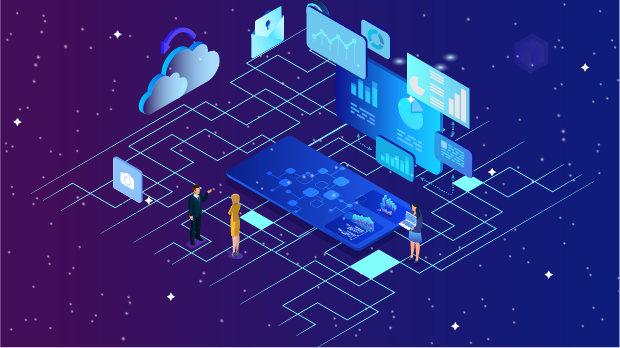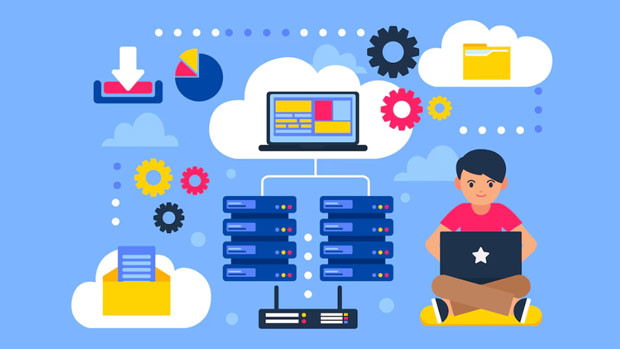When it comes to using proxies for Discord, there are two primary types to consider: residential proxies and mobile proxies. Both options offer distinct advantages and can serve different purposes. However, the question remains: which one is more suitable for Discord? Residential proxies are often favored for their ability to mimic real user traffic, making them an attractive option for preventing bans and ensuring anonymity. On the other hand, mobile proxies, with their dynamic IP addresses and close ties to mobile networks, provide a higher level of anonymity and are more effective in bypassing network restrictions. In this article, we will explore the pros and cons of both residential and mobile proxies for Discord and help you determine which is the better option for your needs. Understanding Proxies and Their Role on DiscordBefore diving into a detailed comparison between residential and mobile proxies, it's important to understand what proxies are and why they are used on platforms like Discord. A proxy server acts as an intermediary between your device and the internet, allowing you to route your traffic through different IP addresses to mask your real location or identity.For Discord users, proxies are commonly employed for various reasons, including protecting privacy, bypassing geographical restrictions, avoiding IP bans, and maintaining multiple accounts. Depending on the type of proxy used, you can achieve different levels of security, anonymity, and performance.Residential Proxies: An OverviewResidential proxies use IP addresses assigned to real devices, such as home routers. These IPs are typically associated with residential addresses, and as a result, they tend to appear as if the traffic is coming from a regular household rather than a data center. This is crucial when it comes to platforms like Discord, as they are less likely to flag residential IPs as suspicious.Advantages of Residential Proxies for Discord:1. Lower Ban Risk: Because residential proxies use real, legitimate IP addresses, they are less likely to be flagged or banned by Discord. This makes them ideal for users looking to avoid being blocked while using the platform for long periods or performing actions that could trigger suspicion, like botting or mass messaging. 2. Enhanced Anonymity: Since residential proxies provide IPs that are part of actual home networks, they offer a higher level of anonymity compared to data center proxies. Discord is less likely to identify a user behind a residential proxy, making it a better choice for users who prioritize privacy.3. Better Success Rate for Actions: For those who use Discord for mass account creation, automation, or accessing restricted content, residential proxies tend to provide a better success rate, as they blend seamlessly with real user traffic.Disadvantages of Residential Proxies for Discord:1. Slower Speeds: Residential proxies are generally slower than mobile proxies, as they rely on home internet connections. This can lead to delays in loading content, making them less ideal for real-time interactions, such as voice chatting or video streaming on Discord. 2. Higher Costs: Due to the nature of residential IPs, residential proxies tend to be more expensive than other types. For users on a tight budget, this can be a significant drawback.Mobile Proxies: An OverviewMobile proxies use IP addresses from mobile networks, such as 4G or 5G connections. These proxies are unique in that they often rotate their IP addresses regularly, making them appear more dynamic and harder to detect.Advantages of Mobile Proxies for Discord:1. Higher Anonymity and Less Detection: Mobile proxies are tied to real mobile network IPs, which are less likely to be detected or flagged by Discord. The regular rotation of IP addresses adds an additional layer of privacy, making it much harder for Discord to track or block the user.2. Better for Bypassing Restrictions: Since mobile IP addresses are commonly used for mobile devices, they are less likely to be blacklisted by Discord or other platforms. This makes them effective in bypassing network restrictions and accessing content that may be region-blocked or unavailable to regular users.3. Dynamic IP Rotation: The frequent rotation of IP addresses in mobile proxies is another benefit. This allows users to change their IP without much effort, avoiding the risk of IP bans. For users who need to create multiple accounts or maintain multiple sessions on Discord, mobile proxies are more convenient.Disadvantages of Mobile Proxies for Discord:1. Less Stable: The frequent IP rotation of mobile proxies can sometimes lead to instability. For users who need consistent connectivity, this might be a challenge, as frequent IP changes could disrupt long-term connections or lead to disconnections.2. Potentially Higher Latency: Although mobile proxies generally provide dynamic and secure IPs, they can sometimes suffer from higher latency or slower speeds compared to residential proxies. This can be problematic for users who rely on a fast, stable connection for activities such as voice chats or streaming.Residential vs. Mobile Proxies for Discord: A Side-by-Side ComparisonTo make an informed decision, let’s compare residential and mobile proxies based on key factors such as speed, security, cost, and effectiveness.1. Speed and Performance:- Residential proxies tend to be slower due to their reliance on home networks.- Mobile proxies, on the other hand, may experience occasional latency but generally offer a faster and more reliable connection due to the speed of mobile networks.2. Anonymity and Security:- Residential proxies are less likely to be detected by Discord because they appear as real household traffic. However, mobile proxies are even more secure due to their regular IP rotation, making them harder to trace. 3. Cost:- Residential proxies are usually more expensive, as they involve real IP addresses tied to home networks.- Mobile proxies can be more affordable, but this depends on the provider and the frequency of IP rotation.4. Suitability for Multiple Accounts:- Both types of proxies can handle multiple accounts effectively, but mobile proxies may offer a better experience due to their IP rotation capabilities, making them more effective in managing several accounts simultaneously.Conclusion: Which Proxy is Best for Discord?Choosing between residential and mobile proxies depends on your specific needs for using Discord. If your primary concern is avoiding bans and maintaining privacy while using Discord for long periods, residential proxies may be the better choice due to their stable and legitimate IP addresses. However, if you require higher anonymity, dynamic IP rotation, and the ability to bypass geographical restrictions with a better success rate, mobile proxies are likely the better option.Ultimately, the decision comes down to your specific use case, budget, and preference for speed or security. For most users, mobile proxies offer a good balance between affordability, anonymity, and performance, making them an excellent choice for Discord. However, for users who need long-term stability and a lower risk of detection, residential proxies should be considered.
May 21, 2025






















































